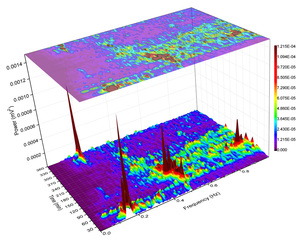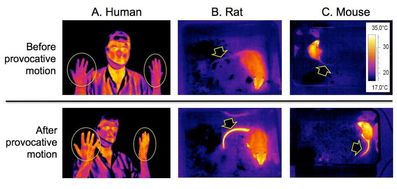Laboratory Environment
- Right now, my lab also has two PostDocs, two PhD students, 3 Junior Research Assistants and a Laboratory Assitant.
- We will hire another Junior Research Assistant and another Research Assitant in order to support our projects.
- A visiting PostDoc is about to join in the next few months.
- We have funding for two new PhD students.
- If you are interested, you could also apply to join our laboratory via the Laboratory Rotation system.
PhD Research Projects
- It is difficult to make a decision on a PhD project without first visiting the laboratory of interest and meeting with the research team.
- We invite you to visit our laboratories and ask as many questions as you like.
- We primarily address research questions using in vivo models not normally found in a common laboratory setting.
- You would be trained, accordingly, to take advantage of your own research skill-set, and to develop techniques necessary for translation research.
- We use a hypothesis-driven approach to drug discovery according to the principles set out by the NC3Rs to make sure you can design an experiment consistent with international norms. You would be taught sound experimental design so that you could depend on the results that you generate.
- You will learn heavily sought after in vivo techniques, and will become an accomplished surgeon, capable of clustering vast amounts of data necessary for detailed toxicological evaluation.
What is your interest?
Cancer represents a leading cause of mortality in the world, accounting for over 30 % of all deaths. Chemotherapeutic drugs and/or radiation therapy may cause unwanted side effects that compromise treatment strategies, delay potential life-saving treatment, and reduce quality of life measures. My laboratory is involved in studying mechanisms of nausea and emesis. We use state-of-the-art radiotelemetry, infrared imaging and whole body plethysmography to capture real-time blood pressure/heart rate/temperature, gastric signals (from implanted electrodes) and respiratory parameters during feeding and emesis studies in ferrets and shrews. We have a proven track record of drug discovery and work with major pharmaceutical companies such as GSK and Takeda.
Cancer represents a leading cause of mortality in the world, accounting for over 30 % of all deaths. Chemotherapeutic drugs and/or radiation therapy may cause unwanted side effects that compromise treatment strategies, delay potential life-saving treatment, and reduce quality of life measures. My laboratory is involved in studying mechanisms of nausea and emesis. We use state-of-the-art radiotelemetry, infrared imaging and whole body plethysmography to capture real-time blood pressure/heart rate/temperature, gastric signals (from implanted electrodes) and respiratory parameters during feeding and emesis studies in ferrets and shrews. We have a proven track record of drug discovery and work with major pharmaceutical companies such as GSK and Takeda.
- One GRF funded project builds on our tests into the role of ghrelin in nausea, emesis and cancer cachexia to understand if the effect observed involve a conventional or unacetylated ghrelin receptor.
- Another GRF funded project would profile a novel drug to protect the side effects of cisplatin on interstitial cells of Cajal (the electrical pacemaker cell of the gut). The aim is to prevent gastric dysrhythmia, which may contribute to mechanisms of delayed nausea and emesis.
- Another GRF funded project is to look at mechanisms of motion sickness, which may also contribute to chemotherapy-induced nausea and emesis. However, the implications of the project are more far reaching, since motion sickness itself is experienced by ~10 % of the population; understanding mechanisms of motion sickness may also facilitate space travel. Another project focuses on a microelectrode array approach and you will add to our existing drug database with over 80 drugs tested through a pipeline for phase-based analysis using MATLAB programming to identify biomarkers relative to diarrhoea and constipation; the project outcomes are expected to be an important step towards patent application and commercialization of the technology into business for pharmaceuticals in drug testing.
- We also have a range of other projects investigating peptides (nesfatin-1 and CART) on emesis control and feeding mechanisms that are funded by other sources.
|
An electrogastrogram showing gastric dysrhythmia during emesis experiments. Note loss of normal rhythm which returns towards the end of the recording period.
|
|
Changes in cutaneous temperature induced by provocative motion in a human (A), a rat (B) and a mice (C). The inset shows a color-coded temperature scale. Of note, the similarity between human hands/fingers and the tail in rats and mice is abundance of arterio-venous anastomoses that are intricately involved in thermoregulation.
|

